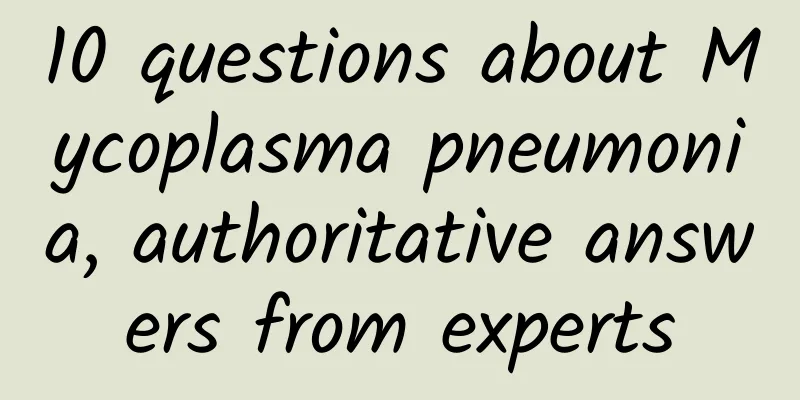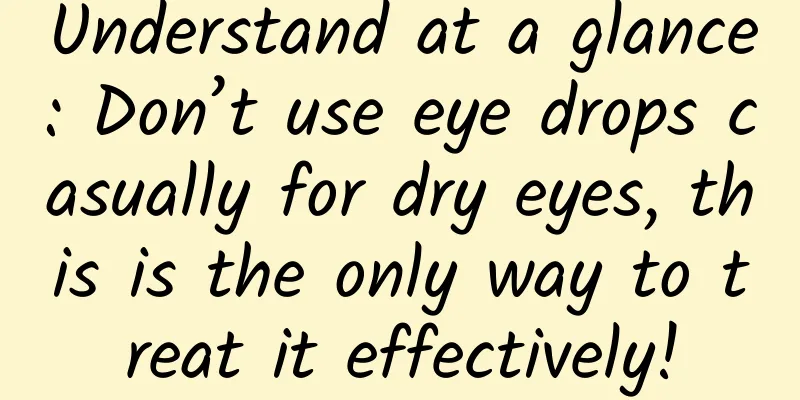I can still do glucose tolerance test after drinking water in the morning

|
Pregnant women are often confused during their first routine physical examination and don’t know what tests to take. As there are too many routine physical examination items in the hospital and the queues are long, many pregnant women sometimes refuse to take some tests, such as the glucose tolerance test. Many pregnant women don’t know what this test is and what it is used for. So, can I do the glucose tolerance test by drinking water in the morning? Drinking more water will not have much effect on glucose tolerance, but if you eat right away it will have a big impact. It is recommended to test glucose tolerance another day. Glucose tolerance is mainly used to check whether a pregnant woman is at risk of gestational diabetes. Generally, a fasting blood sugar test is required, and then blood sugar levels are tested one hour and two hours after drinking sugar water. If there are any abnormalities, it is necessary to be alert to the possibility of diabetes. If the increase is very small, you can make adjustments to your diet to improve it, but you need to monitor your blood sugar level. If it is too high, you need to use insulin glargine to control blood sugar, because high blood sugar can cause sclerosis of the blood vessels, leading to symptoms of hypoxia, which can cause intrauterine distress in the fetus, the possibility of macrosomia, and increase the chance of hypoglycemia in the newborn. Therefore, it is also necessary to control your diet during pregnancy to avoid excessive intake and cause serious harm. Common problems in glucose tolerance testing 1. You are not allowed to eat during the inspection During the examination, you are not allowed to smoke, drink plenty of water or eat. You can walk a little, but avoid morning exercise. Also, pregnant mothers do not need to be anxious or have emotional fluctuations due to repeated blood draws, and should do their best to cooperate with medical staff to draw blood each time. 2. Special circumstances If symptoms such as pale face, nausea, vomiting, or fainting occur during the inspection period, the experiment should be terminated. If the above symptoms occur 3-4 hours after taking sugar, it should be considered as reactive hypoglycemia. Blood should be drawn immediately to measure blood sugar and the patient should be allowed to eat. |
<<: The benefits of not washing your face in the morning
>>: Will a woman's temperature rise before her period?
Recommend
What is the difference between placenta anterior and posterior?
The placenta is a tissue that wraps the baby. It ...
More alcohol, less brain?
Do you like to have a couple of drinks when you h...
What causes a small lump in the chest?
If small lumps appear in the chest, everyone must...
Beware! The cold and dry winter climate can easily induce four types of eye diseases. It is important to know how to prevent them correctly!
It is winter, the climate is cold and dry, and th...
Why has the vaginal discharge increased recently?
Vaginal discharge is a secretion of the female va...
How to regulate irregular menstruation
Do female friends often encounter irregular menst...
QuestMobile: 2020 KOL Value Insight Report: Who is the big winner in the new way of playing of "sisters" on social media?
Dear friends, what did you think of the last issu...
What are the treatments for breast lymph nodes?
Breast lymphoma is a common disease currently. Th...
Daxi, a stomach medicine for pregnant women
Daxi (magnesium aluminum carbonate tablets) is a ...
What causes the rapid growth of follicles?
The follicle is a relatively important component ...
Why do I have abdominal pain during my 5th month of pregnancy?
Pregnant women pay a lot of attention to their bo...
Are pre-prepared meals unsafe? Do they reduce nutritional quality? Are they harmful to health? The truth is →
gossip With the accelerated pace of life and the ...
Is vaginal ultrasound performed for pelvic inflammatory disease examination?
Gynecological examinations are extremely importan...
Is it necessary to have a curettage for menopausal metrorrhagia?
After women enter menopause, they may experience ...
Don’t underestimate the “梗”, prevent the “冠” before it happens!
Winter is a high-risk season for heart disease, e...









